The Renaissance stands as a monumental epoch in human history, a period brimming with groundbreaking cultural advancements that continue to resonate today. This transformative era witnessed remarkable progress across diverse fields, from architecture and literature to philosophy, science, and politics. But to truly understand this pivotal moment, we must ask: Where Did The Renaissance Begin? The answer lies in Florence, Italy, a vibrant city that sparked the initial flames of this cultural revolution in the 14th century. From its humble beginnings in Florence, the Renaissance spirit swept across Italy, reaching its zenith in Rome, before influencing the wider landscape of Europe. Let’s delve into the heart of this transformative period and explore the very city where the Renaissance first took root.
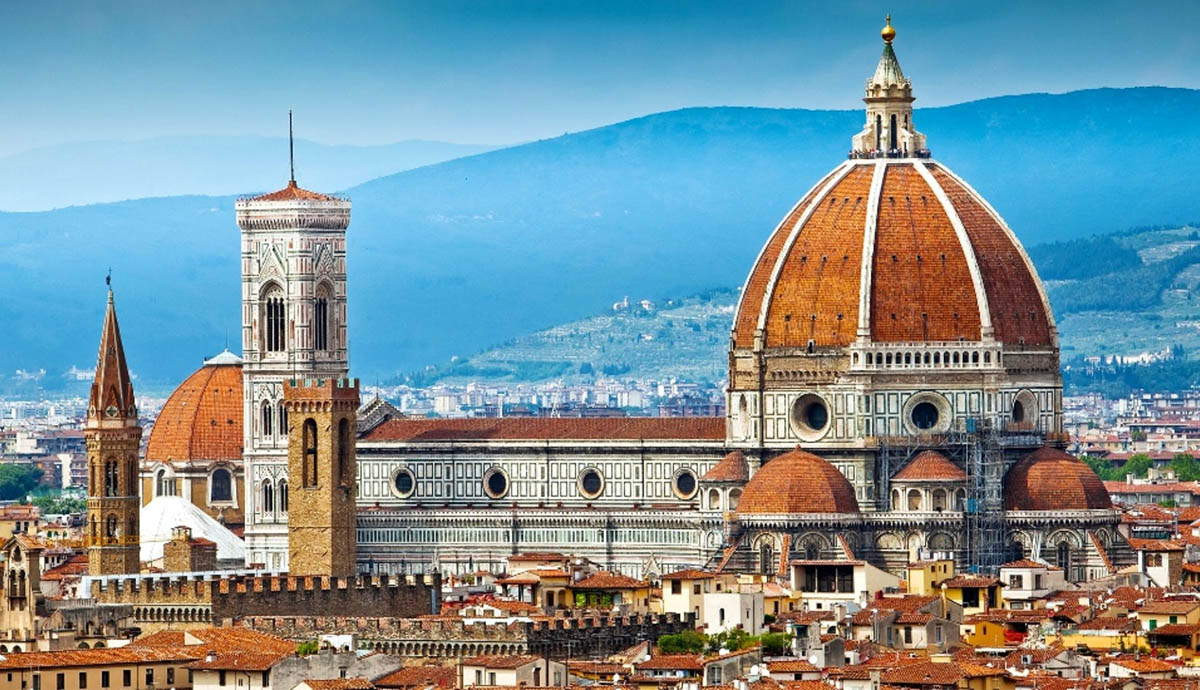 Duomo di Firenze, Florence, Italy, showcasing the architectural achievements of the early Renaissance
Duomo di Firenze, Florence, Italy, showcasing the architectural achievements of the early Renaissance
Florence: The Cradle of the Renaissance
Florence, a city steeped in history and artistic heritage, is widely acknowledged as the birthplace of the Italian Renaissance. Several converging factors contributed to Florence’s unique position as the cradle of this transformative movement. Notably, the intellectual currents ignited by two prominent scholars, Dante Alighieri and Francesco Petrarch, played a crucial role. These figures championed a renewed interest in the classical cultures of ancient Greece and Rome. Their scholarship and writings fostered a cultural “rebirth,” or “renaissance,” of ancient art, literature, and philosophy.
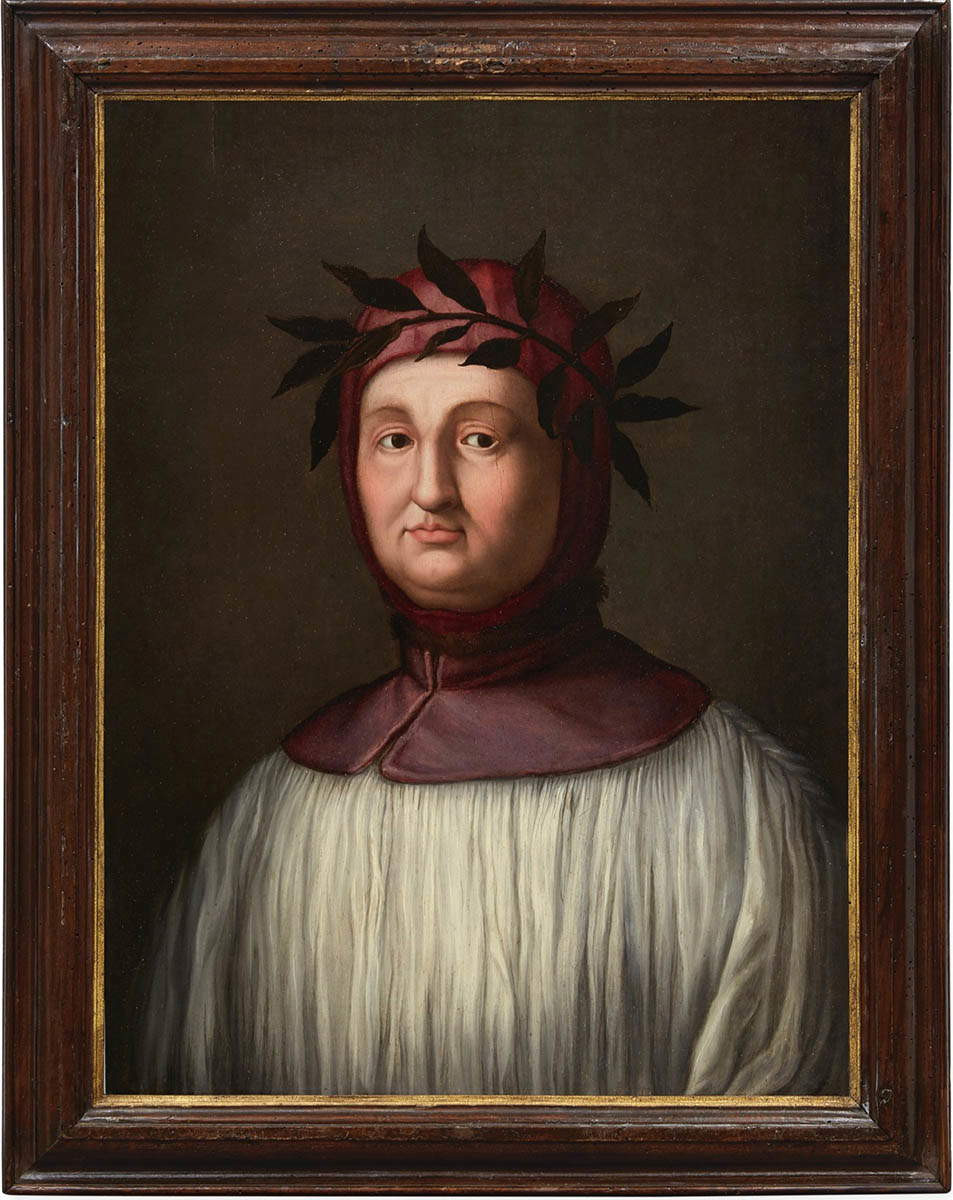 Portrait of Petrarch, highlighting his influence as a key figure in early Renaissance Humanism
Portrait of Petrarch, highlighting his influence as a key figure in early Renaissance Humanism
Petrarch, in particular, is celebrated as a pivotal figure in the development of Humanism, a philosophical movement that became central to the Renaissance. Drawing inspiration from classical thinkers like Cicero, Petrarch’s Humanist philosophy emphasized logic, reason, and the centrality of humanity in creative endeavors. His profound influence earned him the title “Father of the Renaissance,” underscoring his vital role in shaping the intellectual landscape of the era.
Flourishing Florence: Wealth and Patronage
Florence’s economic prosperity in the 14th century was another crucial element in fostering the Renaissance. The city’s wealth, largely derived from flourishing trade networks extending across Asia and Eastern Europe, provided the financial foundation for cultural and artistic development. While controversial, some historians also suggest that the devastating Black Death, which significantly reduced Florence’s population, paradoxically contributed to the city’s prosperity by concentrating wealth among fewer individuals.
This economic buoyancy led to the rise of powerful families who became instrumental patrons of the arts and learning. The most renowned of these was the Medici family, whose vast wealth fueled countless artistic and architectural projects, many of which remain iconic landmarks today. Other influential families, such as the Sassetti and Tornabuoni, also played significant roles in supporting the burgeoning Renaissance culture.
A Hub of Innovation: Creative Experimentation
Beyond wealth and patronage, Florence was a fertile ground for creative experimentation, particularly in the arts. Florentine artists spearheaded groundbreaking innovations that defined Renaissance aesthetics. Painter Giotto di Bondone, for instance, revolutionized painting by introducing unprecedented levels of realism, form, and emotional expression into his works. Concurrently, Filippo Brunelleschi, a Florentine architect and sculptor, made a pivotal breakthrough with the discovery of linear perspective. This technique allowed artists to create astonishingly realistic depictions of depth and space, fundamentally changing the course of Western art. This spirit of innovation and the cumulative impact of successive generations of artists pushing creative boundaries solidified Florence’s position as the epicenter of artistic development during the Renaissance.
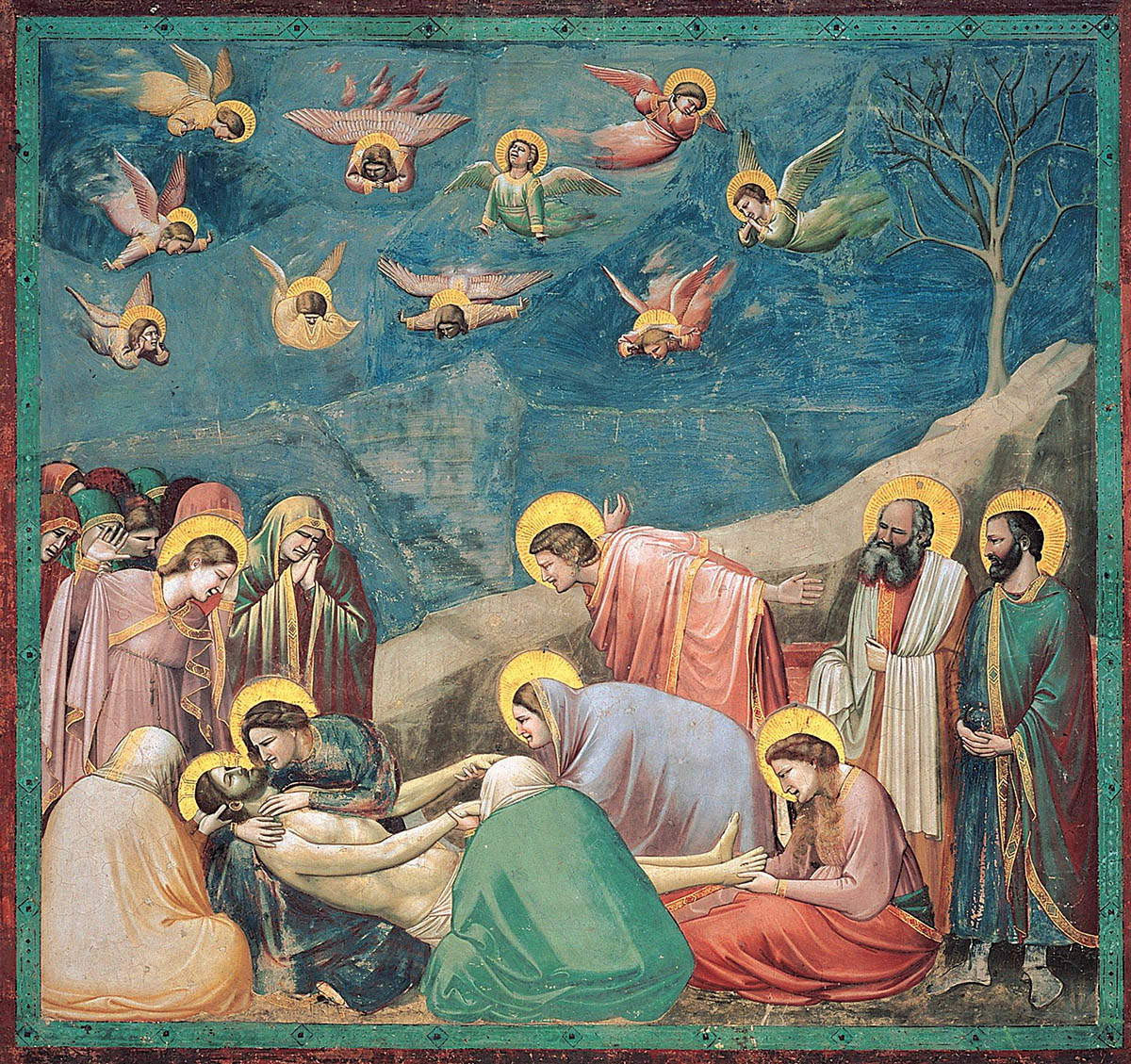 Giotto's Scrovegni Chapel fresco, showcasing early Renaissance artistic innovation in Florence
Giotto's Scrovegni Chapel fresco, showcasing early Renaissance artistic innovation in Florence
Rome: The High Renaissance Epicenter
While Florence provided the initial spark, the High Renaissance, representing the movement’s peak, unfolded in Rome during the 16th century. This phase was dominated by the artistic titans Leonardo da Vinci, Raphael, and Michelangelo. Pope Leo X, a member of the Medici family who hailed from Florence, played a crucial role in transforming Rome into a High Renaissance center. He strategically commissioned grand religious buildings and artworks to bolster the Catholic Church’s influence. In Rome, these High Renaissance artists created awe-inspiring works that amplified the sense of grandeur and spiritual power, captivating audiences and further solidifying the Renaissance’s artistic legacy.
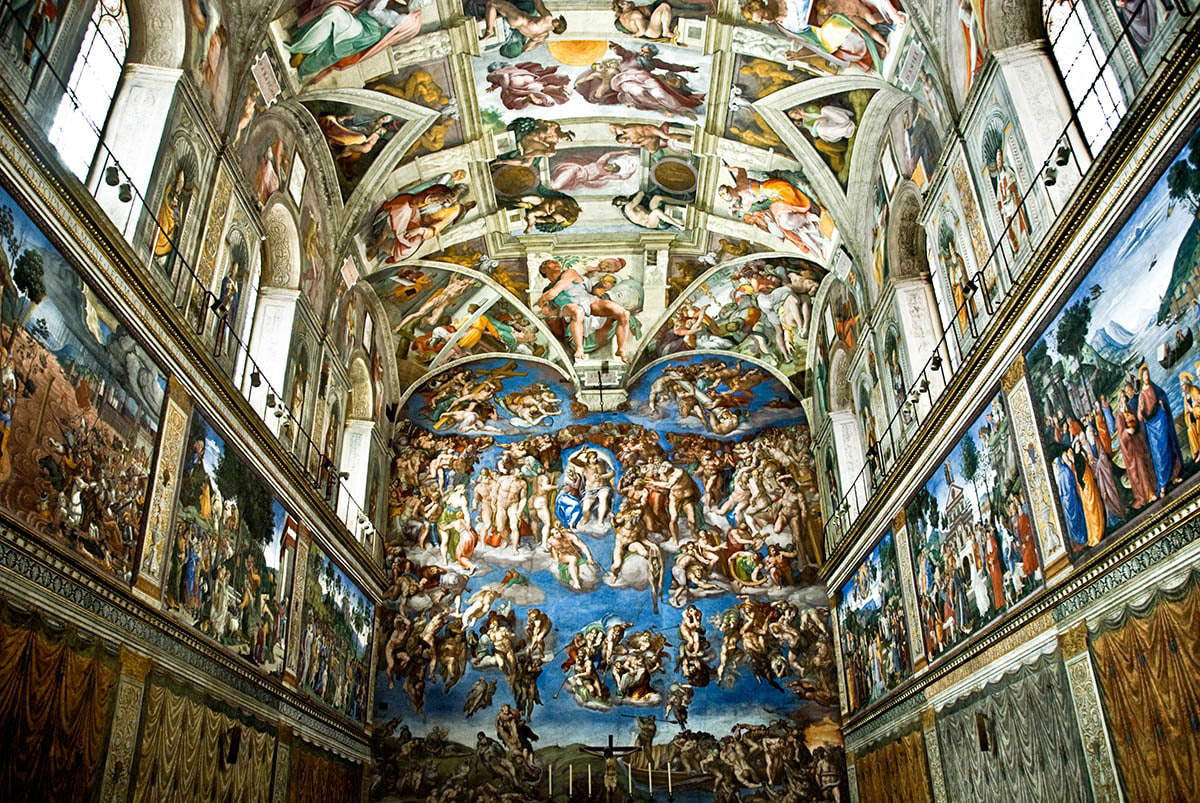 Michelangelo's Sistine Chapel ceiling, a masterpiece of the High Renaissance in Rome
Michelangelo's Sistine Chapel ceiling, a masterpiece of the High Renaissance in Rome
The Ripple Effect: Renaissance Spreads Across Europe
The transformative ideas and artistic styles of the Italian Renaissance radiated outwards, influencing Europe from the 14th to the 17th centuries. Nations across the continent, including Germany, England, Spain, and France, embraced and adapted Renaissance principles, each contributing unique perspectives and innovations. While diverse in their expressions, these European Renaissance movements shared core tenets: a commitment to scientific rationalism, a pursuit of knowledge, and a desire to understand and represent the world with greater accuracy and depth. This widespread adoption and evolution of Renaissance ideals across Europe solidified its lasting impact on Western culture and thought.
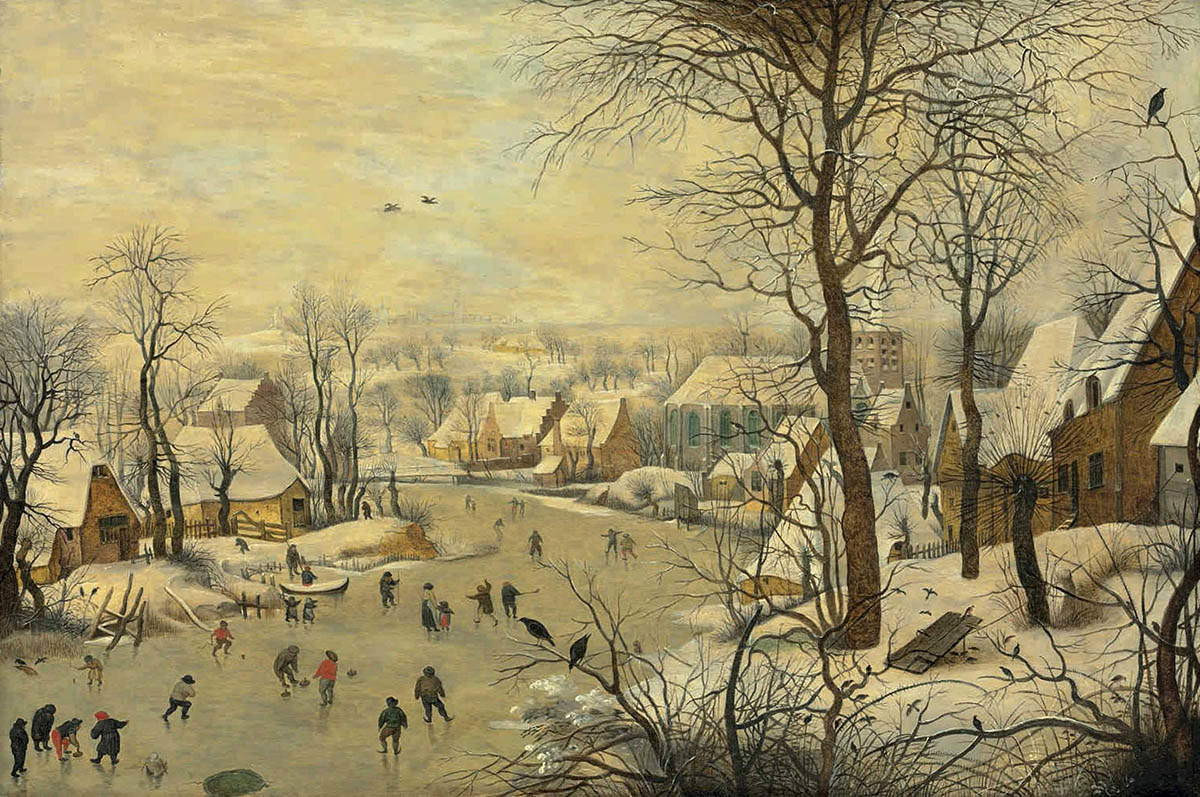 Pieter Breughel II's The Birdtrap, reflecting the spread of Renaissance artistic themes in Northern Europe
Pieter Breughel II's The Birdtrap, reflecting the spread of Renaissance artistic themes in Northern Europe
In conclusion, the answer to “where did the renaissance begin?” unequivocally points to Florence, Italy. This city, with its unique blend of intellectual ferment, economic prosperity, and a culture of creative innovation, provided the fertile ground for the Renaissance to blossom. While the movement later reached its High Renaissance peak in Rome and subsequently spread across Europe, Florence remains the undisputed birthplace of this transformative era that reshaped Western civilization.
